Home>Gardening & Outdoor>Landscaping Ideas>What Are The Big Clumps Of Grass In My Yard
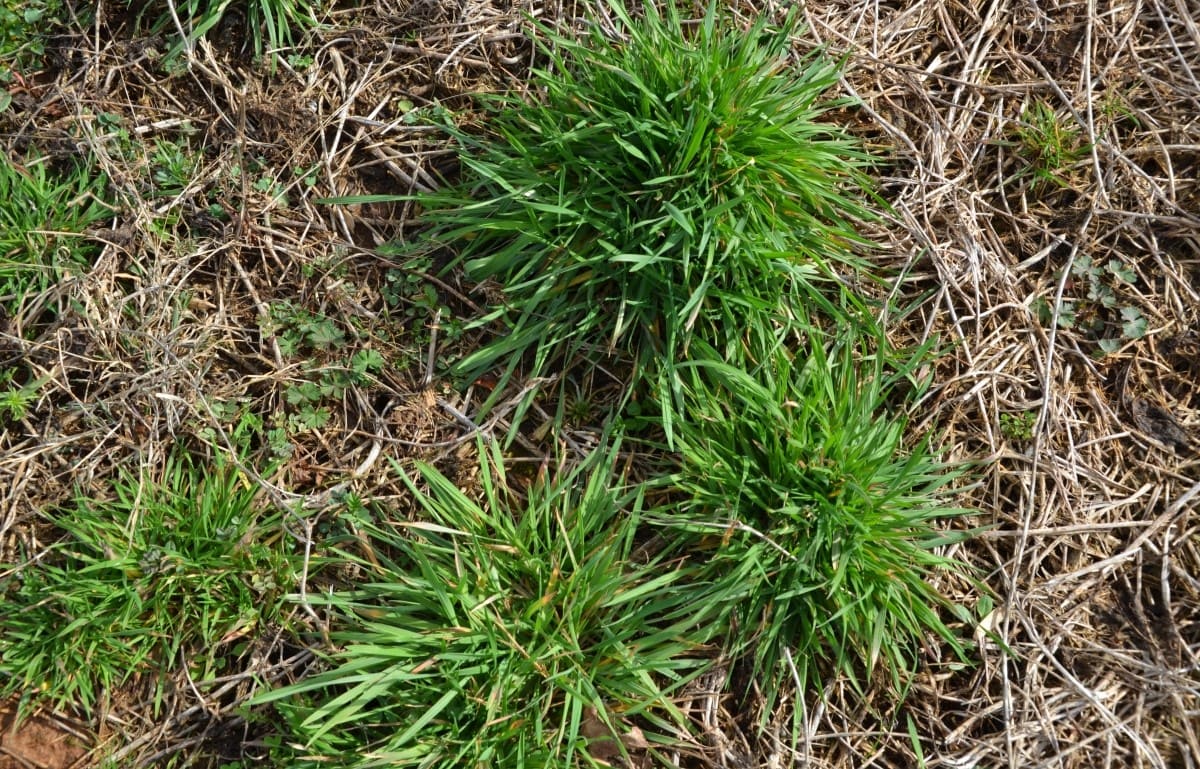

Landscaping Ideas
What Are The Big Clumps Of Grass In My Yard
Modified: February 18, 2024
Discover effective landscaping ideas to address big clumps of grass in your yard. Learn how to improve your yard's appearance and health with our expert tips.
(Many of the links in this article redirect to a specific reviewed product. Your purchase of these products through affiliate links helps to generate commission for Storables.com, at no extra cost. Learn more)
Introduction
If you've ever strolled through your yard and noticed big clumps of grass, you might have found yourself wondering what causes them and how to address this issue. These clumps can be unsightly and disrupt the uniformity of your lawn, prompting concerns about the overall health and appearance of your outdoor space. Understanding the reasons behind the presence of these clumps and learning how to manage them effectively is essential for maintaining a lush and vibrant lawn.
In this comprehensive guide, we will delve into the world of big clumps of grass in your yard, exploring the factors contributing to their formation and providing actionable insights on how to address this common landscaping concern. By gaining a deeper understanding of this issue, you will be equipped with the knowledge and strategies needed to nurture a thriving and visually appealing lawn. Let's embark on this journey to unravel the mysteries of big grass clumps and discover the best practices for managing them effectively.
Key Takeaways:
- Big clumps of grass in your yard are caused by certain grass species, environmental factors, and improper lawn care. Address them by selective removal, soil aeration, proper fertilization, and regular mowing to promote a uniform and healthy lawn.
- Understanding the causes of big grass clumps empowers you to take targeted steps for a lush and visually appealing lawn. Embrace proactive measures like selective removal, soil aeration, and proper fertilization to revitalize your outdoor space.
Understanding Big Clumps of Grass
Big clumps of grass, also known as tufted or tussocky grass, are dense, compact clusters of grass blades that stand out prominently within the lawn. These clumps often appear thicker and taller than the surrounding grass, creating an uneven and unkempt look. While some homeowners may mistake these clumps for a specific grass variety, they are typically the result of various factors that contribute to their distinct growth pattern.
One of the primary reasons for the formation of big grass clumps is the presence of certain grass species that naturally exhibit a tufted growth habit. These species, such as tall fescue and some varieties of ryegrass, tend to produce clumps as part of their inherent growth characteristics. Additionally, environmental conditions, including soil composition, moisture levels, and sunlight exposure, can influence the development of these clumps.
Moreover, improper lawn care practices, such as infrequent mowing or inadequate fertilization, can contribute to the proliferation of big grass clumps. When grass is not mowed regularly or at the appropriate height, it can become stressed and prone to forming dense tufts as a survival mechanism. Similarly, nutrient deficiencies resulting from insufficient fertilization can lead to uneven grass growth, further exacerbating the presence of clumps within the lawn.
Understanding the nature of big grass clumps is crucial for devising effective strategies to manage and prevent their occurrence. By recognizing the underlying causes and characteristics of these clumps, homeowners can take targeted steps to promote a more uniform and visually appealing lawn while addressing the specific factors contributing to the formation of tufted grass clusters.
Causes of Big Clumps of Grass
The presence of big clumps of grass in your yard can stem from a variety of factors, ranging from natural growth patterns to environmental influences and maintenance practices. Understanding these underlying causes is essential for implementing effective solutions to mitigate the formation and proliferation of these tufted grass clusters.
1. Grass Species: Certain grass species, such as tall fescue and some varieties of ryegrass, naturally exhibit a tufted growth habit. These species tend to form dense clumps as part of their inherent growth characteristics, contributing to the presence of big grass clumps within the lawn.
2. Environmental Conditions: Environmental factors, including soil composition, moisture levels, and sunlight exposure, can significantly impact the development of big grass clumps. Soil that is compacted or lacking in essential nutrients may foster the growth of tufted grass clusters, while uneven moisture distribution and inadequate sunlight can further exacerbate this issue.
3. Improper Lawn Care: Inadequate lawn care practices, such as infrequent mowing and insufficient fertilization, can contribute to the formation of big grass clumps. When grass is not mowed regularly or at the appropriate height, it can become stressed and prone to forming dense tufts as a survival mechanism. Similarly, nutrient deficiencies resulting from insufficient fertilization can lead to uneven grass growth, further exacerbating the presence of clumps within the lawn.
4. Thatch Buildup: Excessive thatch accumulation, which consists of dead grass, roots, and organic debris, can create an environment conducive to the development of big grass clumps. Thatch prevents water, air, and nutrients from reaching the soil, impeding healthy grass growth and potentially fostering the formation of dense tufts within the lawn.
By addressing these underlying causes, homeowners can take proactive measures to manage and prevent the occurrence of big grass clumps, fostering a more uniform and aesthetically pleasing lawn while promoting overall grass health and vitality.
Regularly aerating your lawn can help prevent the formation of big clumps of grass. Aerating allows air, water, and nutrients to penetrate the soil, promoting healthy grass growth and reducing the likelihood of clumping.
How to Deal with Big Clumps of Grass
Managing and addressing big clumps of grass in your yard requires a strategic approach that targets the underlying causes while promoting healthy and uniform grass growth. By implementing the following practices, homeowners can effectively deal with existing clumps and prevent their recurrence, ultimately revitalizing the appearance and health of their lawn.
1. Selective Removal: When faced with prominent clumps of grass, selective removal can be an effective strategy. Using a sharp shovel or specialized grass removal tool, carefully cut around the perimeter of the clump and lift it out, ensuring to extract as much of the root system as possible. This targeted approach can help eliminate unsightly clumps while allowing surrounding grass to fill in the vacated space, promoting a more even lawn surface.
2. Aerating the Soil: Aerating the soil can alleviate compaction and improve the overall health of the lawn, reducing the likelihood of big grass clumps. Core aeration, which involves removing small plugs of soil from the lawn, enhances air and water penetration while promoting root development. This process helps create a conducive environment for grass growth, mitigating the conditions that foster tufted grass clusters.
3. Applying Fertilizer: Proper fertilization is essential for promoting uniform grass growth and addressing nutrient deficiencies that may contribute to the formation of big grass clumps. Select a high-quality, balanced fertilizer and apply it according to the specific needs of your lawn, taking into account factors such as grass type and soil composition. By providing essential nutrients, you can encourage healthy and even grass growth, minimizing the occurrence of tufted clusters.
4. Mowing Practices: Adopting appropriate mowing practices is crucial for preventing the formation of big grass clumps. Regular mowing at the recommended height for your grass species helps maintain an even lawn surface and discourages the development of dense tufts. Additionally, ensure that your lawnmower blades are sharp to achieve clean cuts, reducing stress on the grass and promoting healthy regrowth.
5. Thatch Management: Addressing thatch buildup is vital for preventing the proliferation of big grass clumps. Consider dethatching your lawn using specialized equipment or implementing practices that promote natural thatch decomposition, such as core aeration. By managing thatch levels, you can create an environment conducive to uniform grass growth, reducing the likelihood of tufted clusters.
By incorporating these proactive measures into your lawn care routine, you can effectively deal with big clumps of grass and foster a lush, vibrant lawn that exudes beauty and health. Implementing targeted strategies to address the underlying causes of tufted grass clusters will yield long-term benefits, ensuring the sustained vitality and visual appeal of your outdoor space.
Conclusion
As you navigate the realm of landscaping and lawn care, understanding the nuances of big clumps of grass in your yard empowers you to take proactive steps in nurturing a thriving and visually appealing lawn. By unraveling the factors contributing to the formation of these tufted grass clusters and implementing targeted strategies to address them, you can elevate the health and aesthetics of your outdoor space while fostering a harmonious and uniform lawn surface.
Recognizing that certain grass species, environmental conditions, and maintenance practices play pivotal roles in the development of big grass clumps underscores the importance of a holistic approach to lawn care. Embracing selective removal techniques, soil aeration, proper fertilization, and meticulous mowing practices equips you to effectively deal with existing clumps and prevent their recurrence, laying the foundation for a resilient and aesthetically pleasing lawn.
As you embark on this journey to cultivate a vibrant and lush lawn, remember that each step taken to address the underlying causes of big grass clumps contributes to the overall health and beauty of your outdoor oasis. By nurturing your lawn with care, knowledge, and dedication, you can transform it into a captivating canvas of greenery, inviting tranquility and natural splendor into your everyday life.
Armed with a deeper understanding of big clumps of grass and the actionable insights presented in this guide, you are poised to embark on a journey of transformation, breathing new life into your yard and sowing the seeds of enduring beauty. Embrace the art of landscaping with confidence and purpose, knowing that your commitment to nurturing a thriving lawn will yield a tapestry of greenery that enriches the senses and uplifts the spirit, creating a haven of natural magnificence right at your doorstep.
Frequently Asked Questions about What Are The Big Clumps Of Grass In My Yard
Was this page helpful?
At Storables.com, we guarantee accurate and reliable information. Our content, validated by Expert Board Contributors, is crafted following stringent Editorial Policies. We're committed to providing you with well-researched, expert-backed insights for all your informational needs.

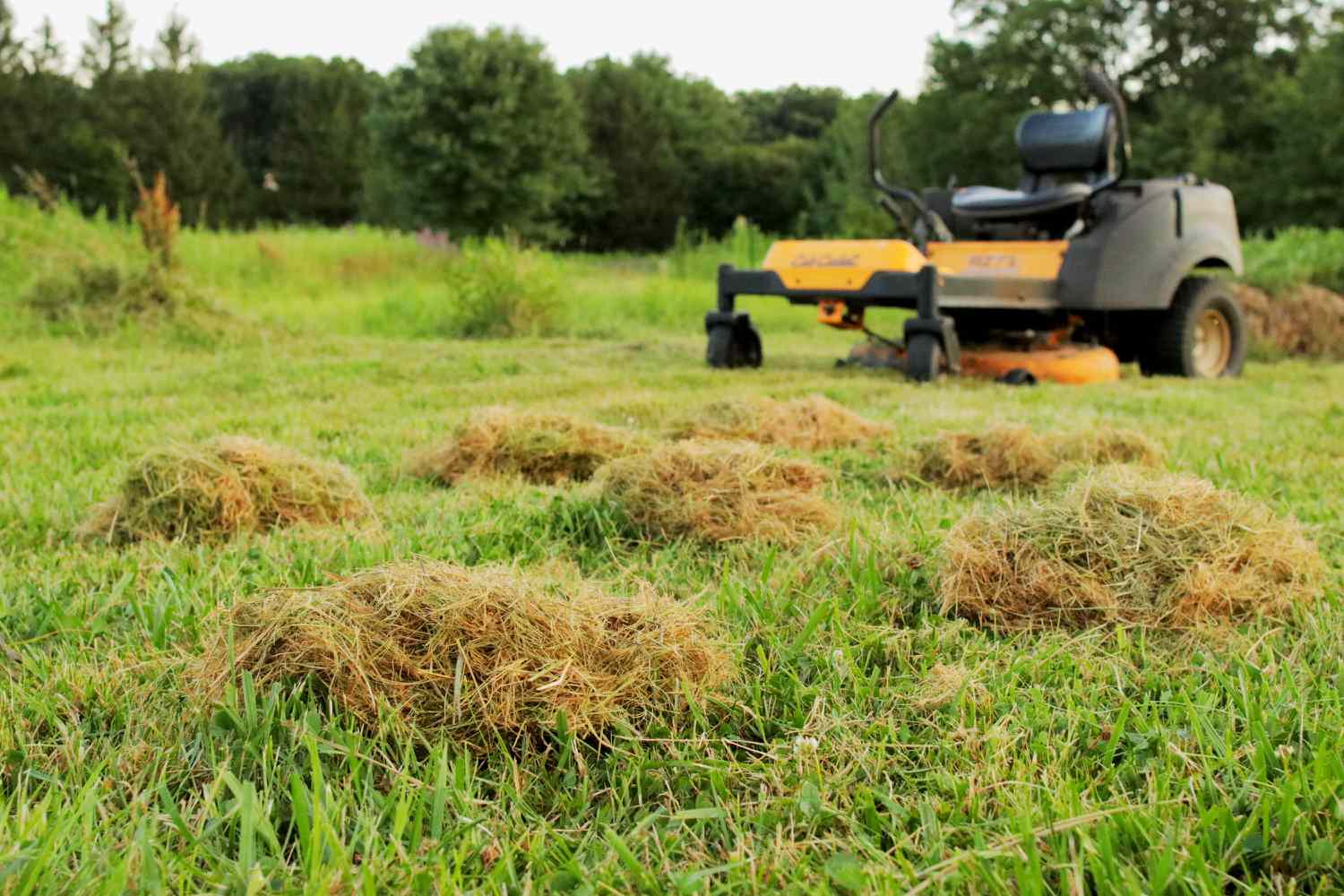
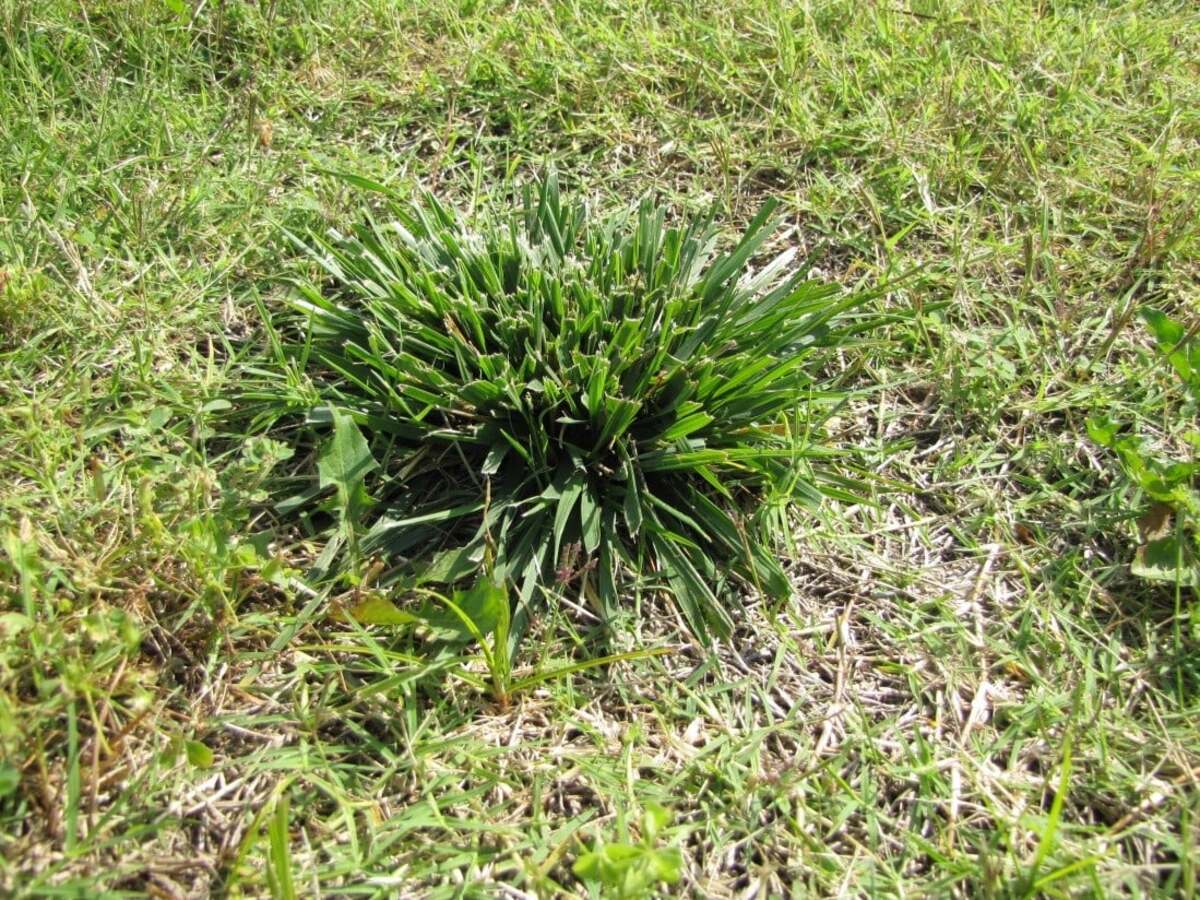
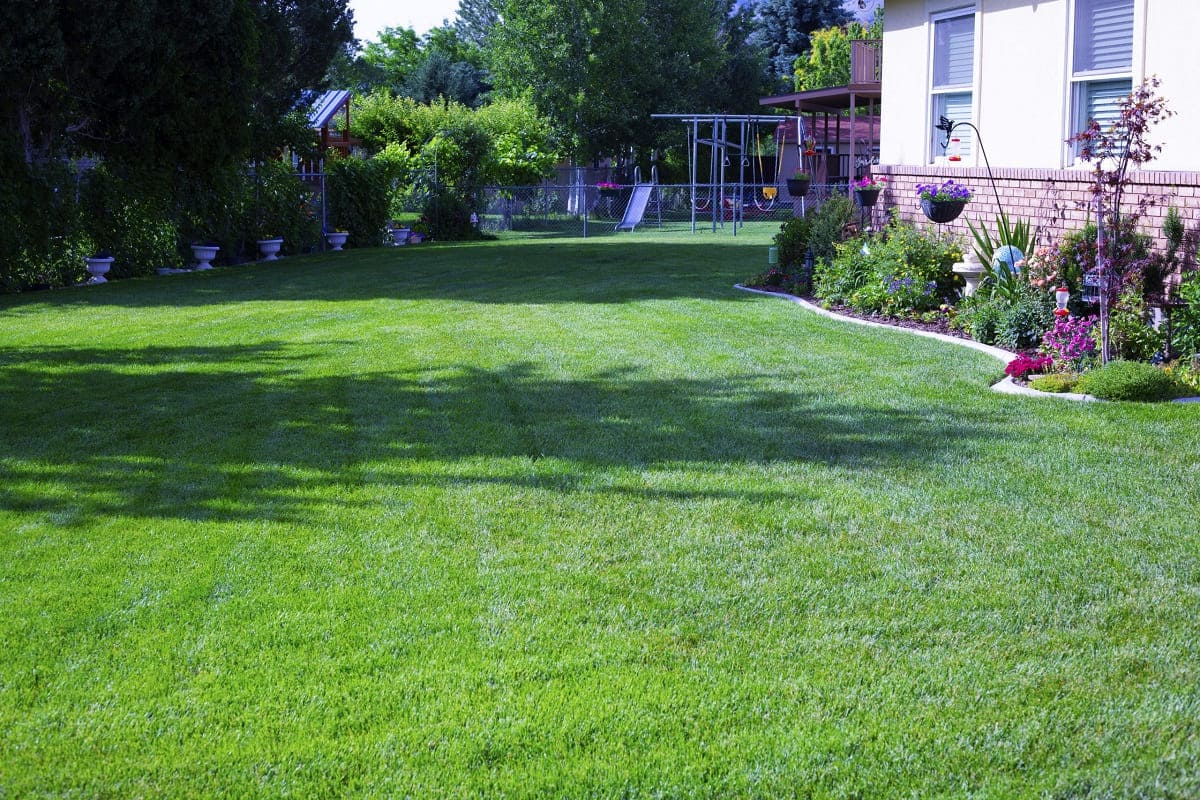
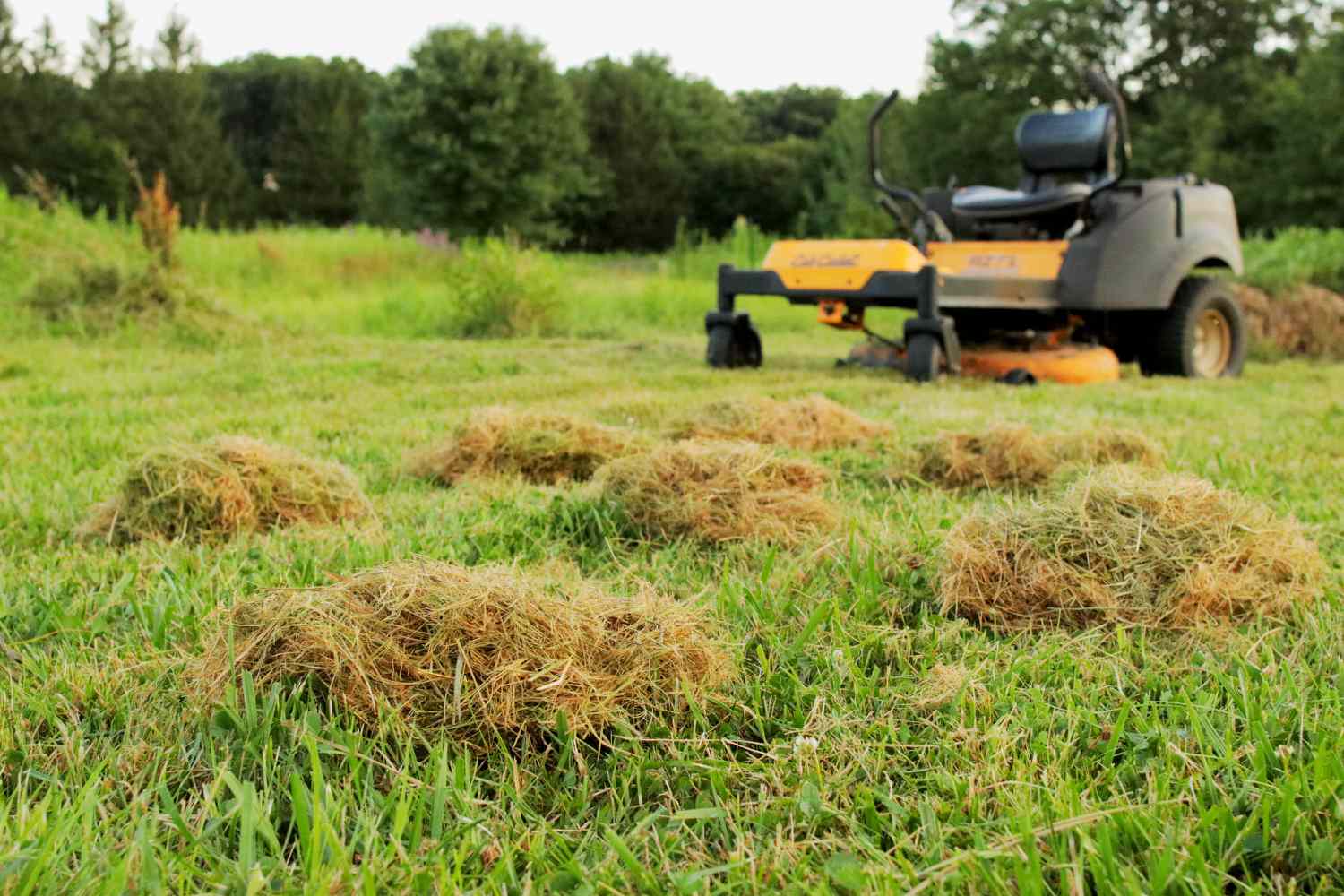


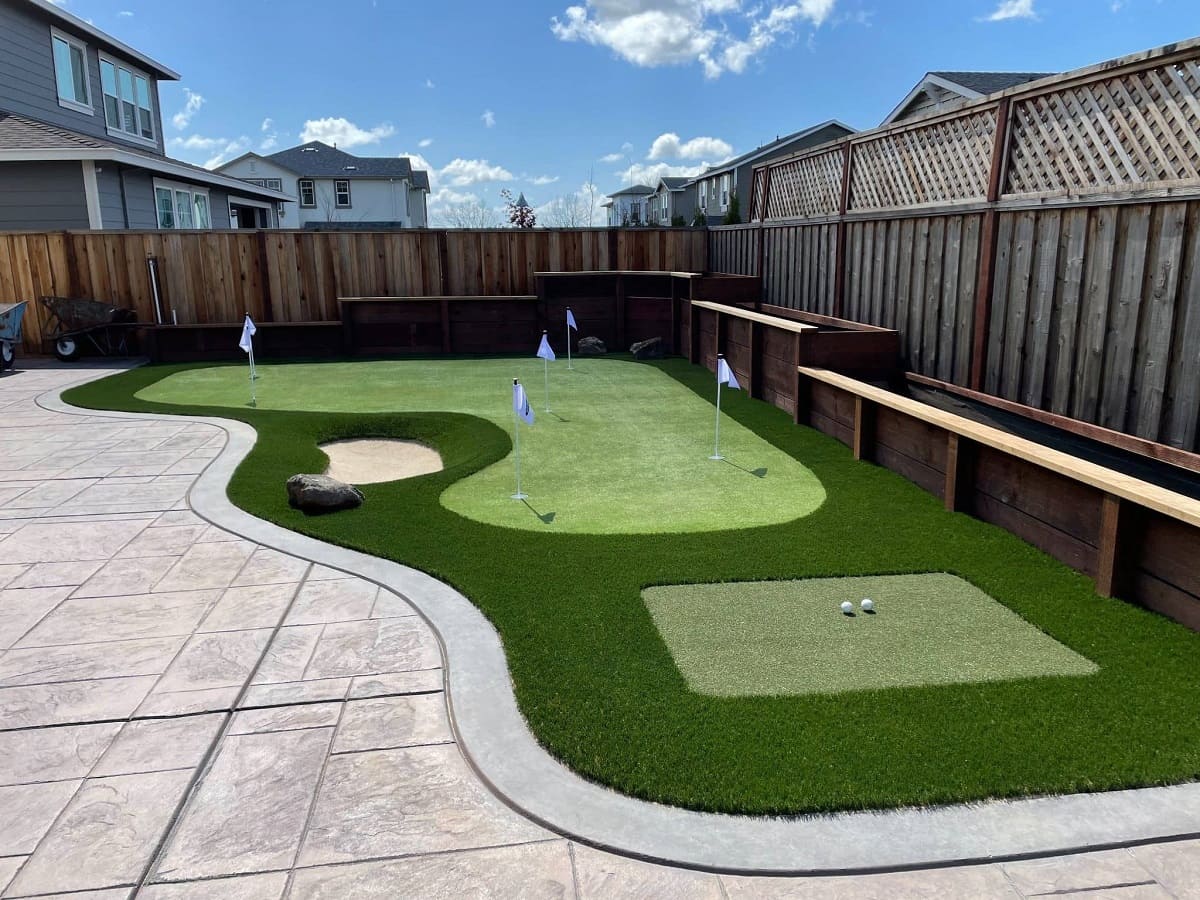
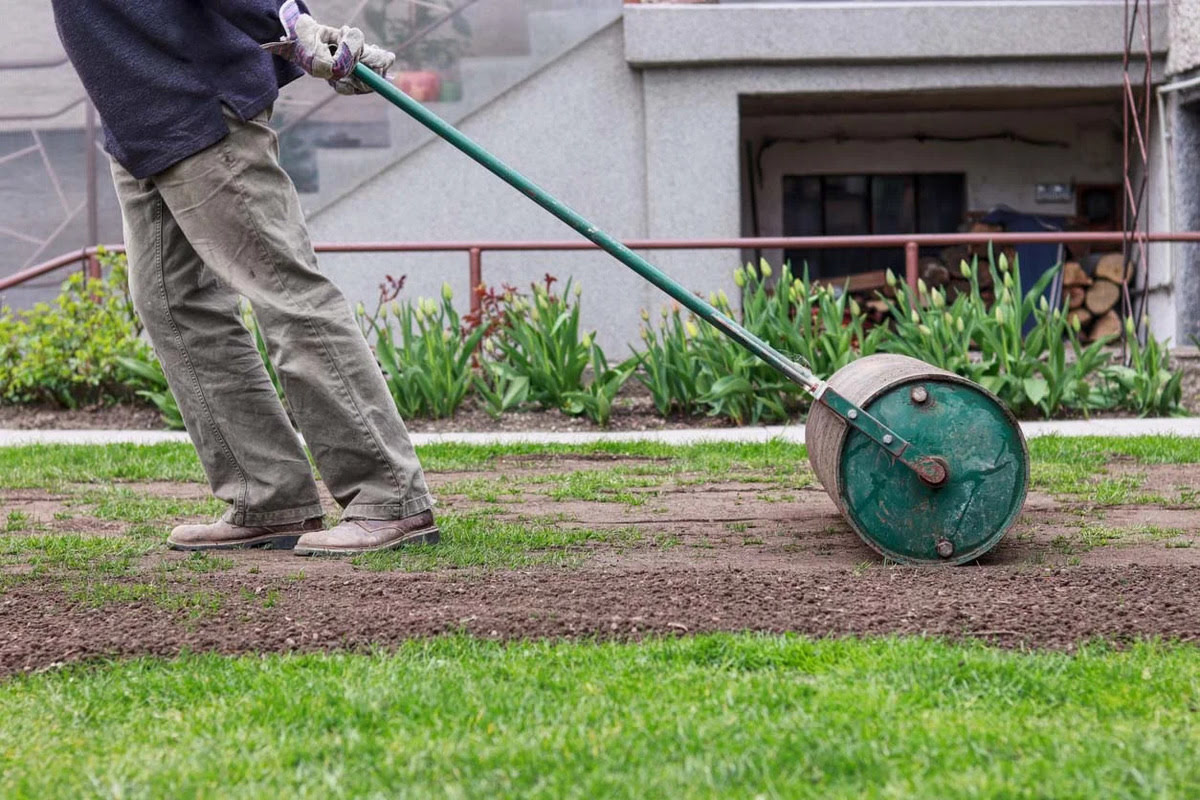
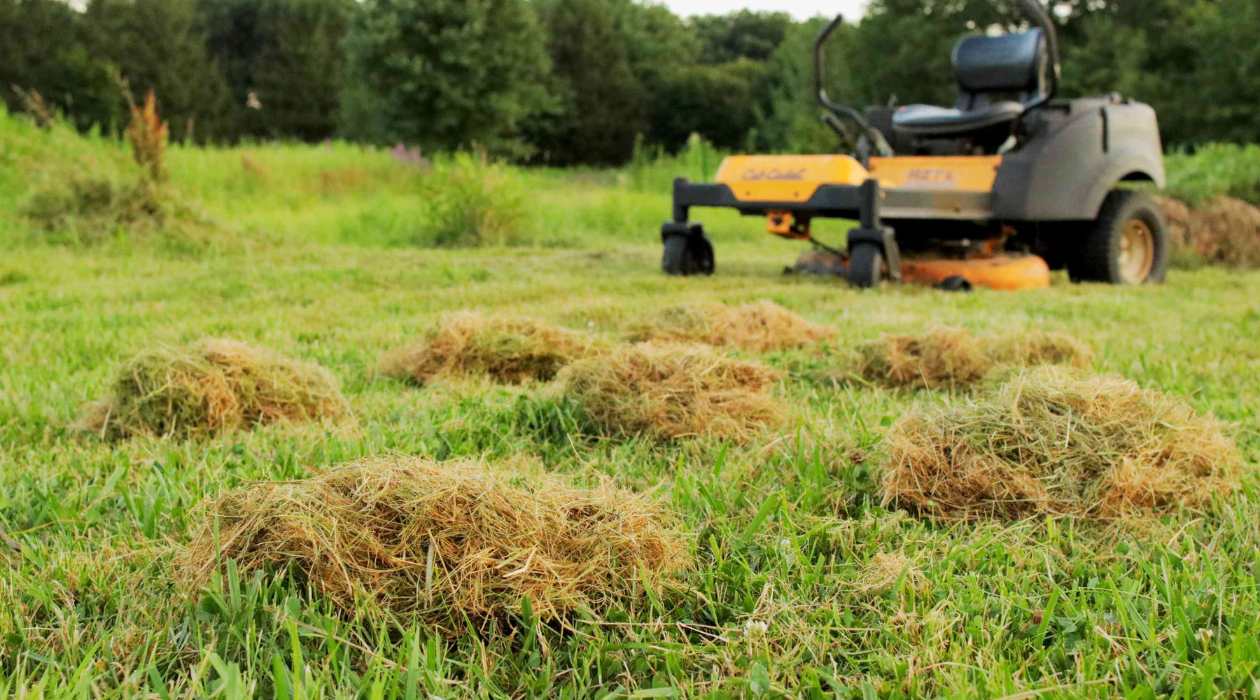
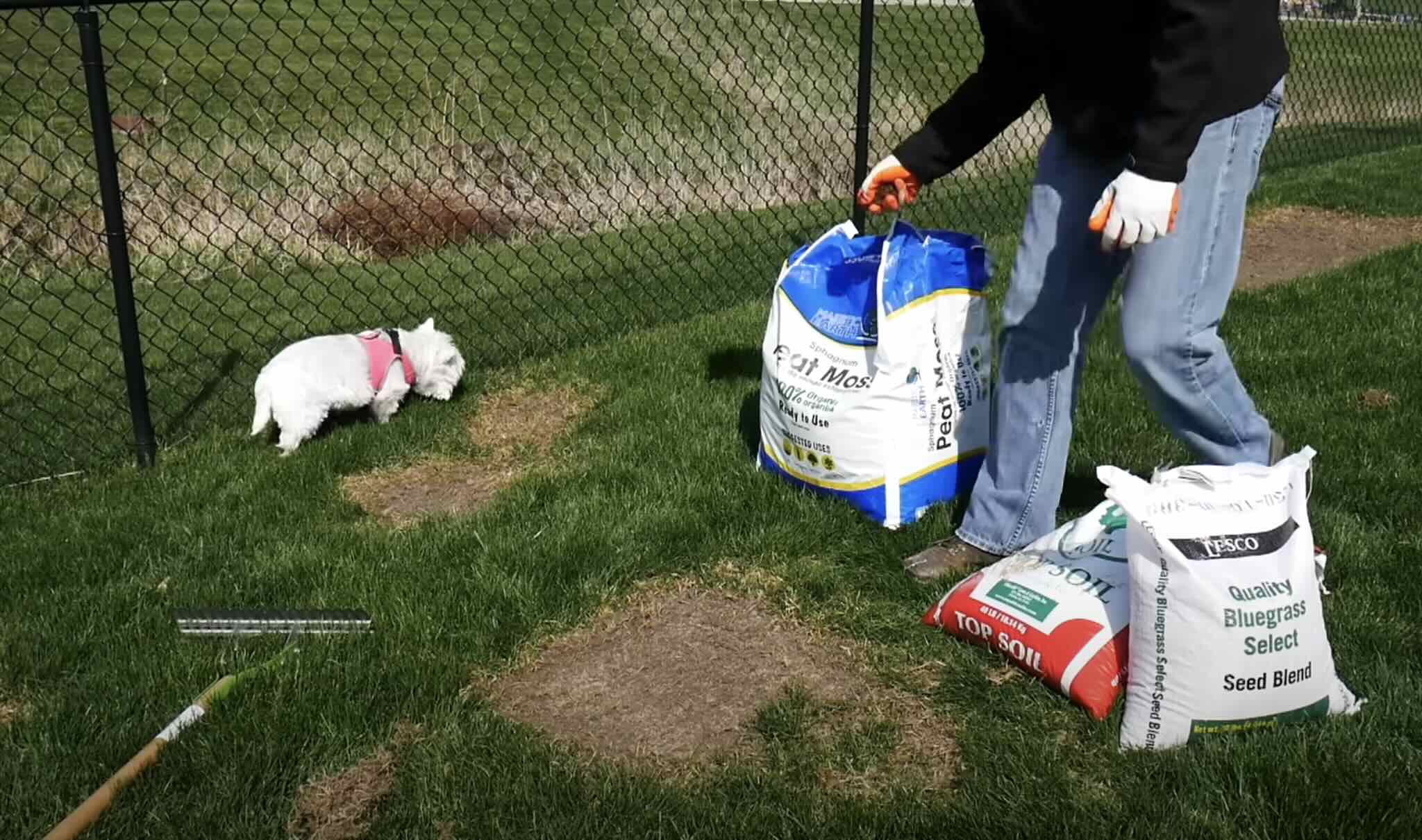

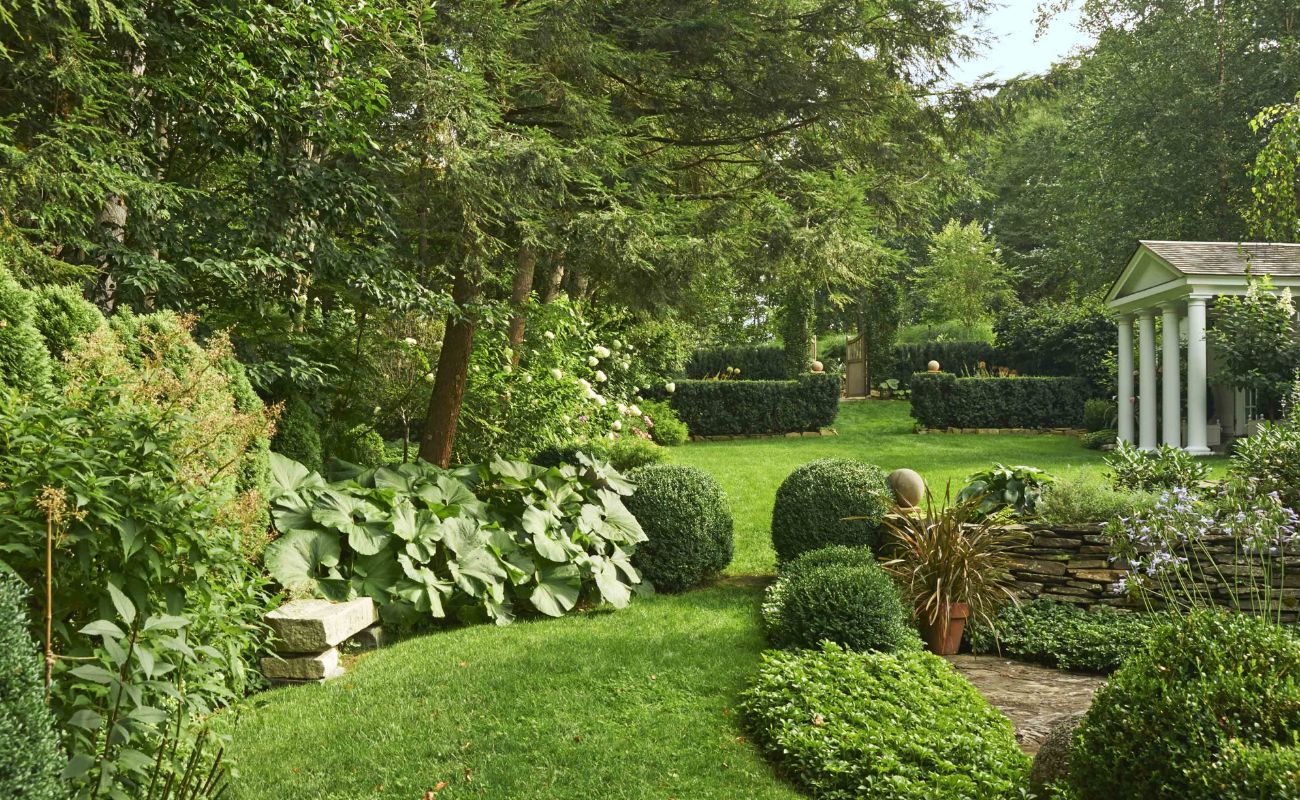
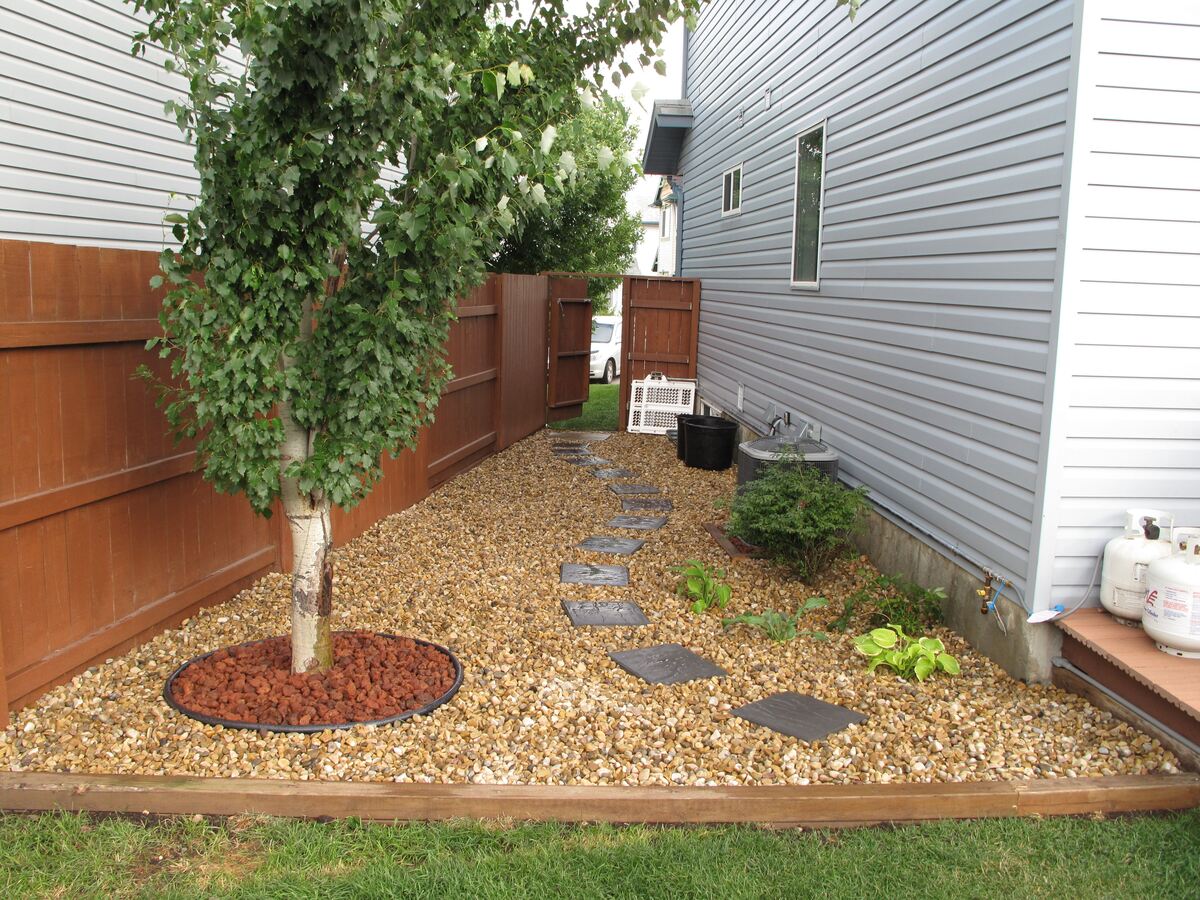
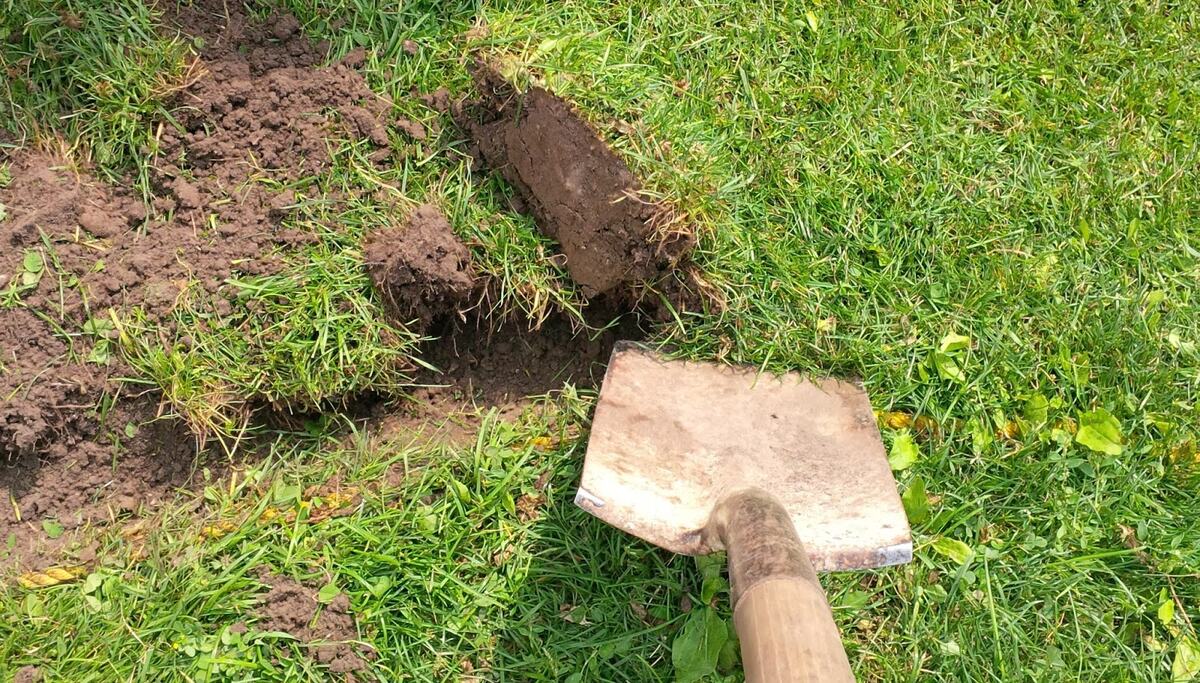

0 thoughts on “What Are The Big Clumps Of Grass In My Yard”